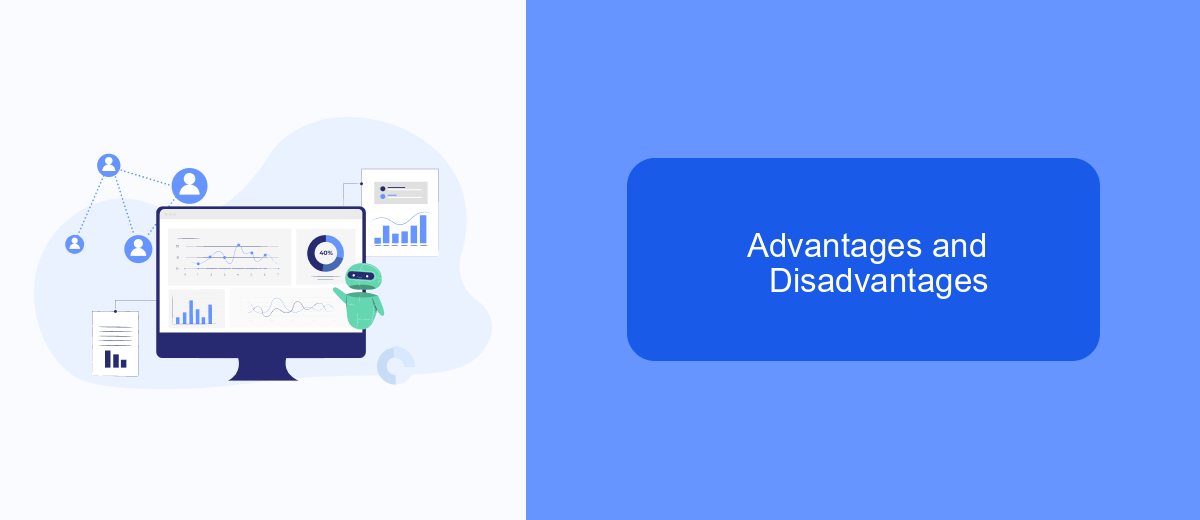When it comes to automating repetitive tasks, UiPath and Python are two powerful tools that often come into consideration. UiPath, a leading Robotic Process Automation (RPA) platform, offers a user-friendly interface for non-programmers, while Python, a versatile programming language, provides extensive libraries and flexibility for developers. In this article, we'll compare their strengths, weaknesses, and ideal use cases.
Introduction
The rise of automation has brought numerous tools to the forefront, each offering unique capabilities to streamline workflows. Among these, UiPath and Python are two prominent options that cater to different needs and skill sets. While UiPath is designed for those who prefer a more visual, drag-and-drop approach to automation, Python offers a coding-centric solution that provides greater flexibility and control.
- UiPath: Ideal for users who prefer a graphical interface and pre-built activities for quick automation.
- Python: Suitable for developers who seek a customizable and script-based approach to automation.
- SaveMyLeads: A service that simplifies integration processes, making it easier to connect various applications and automate data flows.
Choosing between UiPath and Python depends largely on the user's technical expertise and the specific requirements of their automation projects. Both tools have their strengths and can be highly effective when used appropriately. By understanding the capabilities and limitations of each, businesses can make informed decisions to optimize their automation strategies.
Key Features

UiPath and Python both offer robust features for automation, but they cater to different needs. UiPath excels in its user-friendly interface, allowing users to drag and drop activities to create workflows without extensive coding knowledge. It is particularly strong in integrating with various applications and platforms, providing built-in connectors for services like SAP, Salesforce, and Office 365. UiPath's Orchestrator enables centralized management of automation processes, making it easier to deploy, monitor, and manage bots at scale.
Python, on the other hand, offers flexibility and power for developers who prefer scripting. Its extensive library support, including libraries like Pandas, NumPy, and TensorFlow, allows for complex data manipulation and machine learning tasks. Python's open-source nature ensures continuous community-driven improvements and a wide range of third-party integrations. For businesses looking to streamline integrations, services like SaveMyLeads can be invaluable, offering automated data transfer between applications without the need for custom coding. Both UiPath and Python have their unique strengths, making them suitable for different types of automation projects.
Use Cases

UiPath and Python are both powerful tools, but they serve different purposes and excel in distinct use cases. Understanding these use cases can help you decide which technology is best suited for your specific needs.
- UiPath: Ideal for automating repetitive tasks, UiPath is widely used in business process automation. Common applications include data entry, invoice processing, and customer service automation.
- Python: Known for its versatility, Python is often used for data analysis, machine learning, and web development. It excels in scenarios that require complex algorithms and integrations with other software.
- Integration Services: Tools like SaveMyLeads can streamline the integration process between different platforms. For instance, SaveMyLeads can automate the transfer of data from CRM systems to marketing tools, enhancing the functionality of both UiPath and Python solutions.
In summary, choose UiPath for straightforward automation tasks and Python for more complex, data-driven projects. Integration services like SaveMyLeads can further enhance the capabilities of both technologies, making your workflow more efficient and cohesive.
Advantages and Disadvantages

When comparing UiPath and Python, it's essential to understand their unique advantages and disadvantages. UiPath is a robust RPA tool that excels in automating repetitive tasks with minimal coding, while Python is a versatile programming language known for its wide range of applications and extensive libraries.
UiPath offers a user-friendly interface that allows users to design workflows visually, making it accessible even to those with limited programming knowledge. On the other hand, Python's flexibility and extensive library support make it ideal for complex data analysis, machine learning, and web development projects.
- UiPath Advantages: Easy to use, quick deployment, strong support for enterprise automation.
- UiPath Disadvantages: Limited customization, dependency on UiPath's ecosystem.
- Python Advantages: Highly flexible, extensive libraries, strong community support.
- Python Disadvantages: Steeper learning curve, requires more coding effort.
In the context of integration, services like SaveMyLeads can simplify the process of connecting various applications and automating workflows without extensive coding. While UiPath provides built-in integration tools, Python's flexibility allows for more customized solutions, making both options valuable depending on the specific needs of a project.
Conclusion
In conclusion, both UiPath and Python offer robust solutions for automation, each with its own set of strengths. UiPath shines with its user-friendly interface and extensive library of pre-built activities, making it an excellent choice for businesses looking to streamline their workflows without deep programming knowledge. On the other hand, Python provides unparalleled flexibility and power for more complex and customized automation tasks, making it a favorite among developers and tech-savvy professionals.
While choosing between UiPath and Python largely depends on your specific needs and technical expertise, integrating these tools with services like SaveMyLeads can further enhance their capabilities. SaveMyLeads simplifies the process of connecting various applications and automating data flows, allowing you to maximize the efficiency of your automation efforts. Ultimately, the best choice will depend on your unique requirements, but leveraging the strengths of both UiPath and Python, along with integration solutions like SaveMyLeads, can provide a comprehensive approach to automation.


FAQ
What are the primary differences between UiPath and Python for automation?
Which is easier to learn for beginners, UiPath or Python?
Can UiPath and Python be used together in an automation project?
What types of tasks are better suited for UiPath compared to Python?
How can I integrate UiPath or Python with other services for automation?
Personalized responses to new clients from Facebook/Instagram. Receiving data on new orders in real time. Prompt delivery of information to all employees who are involved in lead processing. All this can be done automatically. With the SaveMyLeads service, you will be able to easily create integrations for Facebook Lead Ads and implement automation. Set up the integration once and let it do the chores every day.
